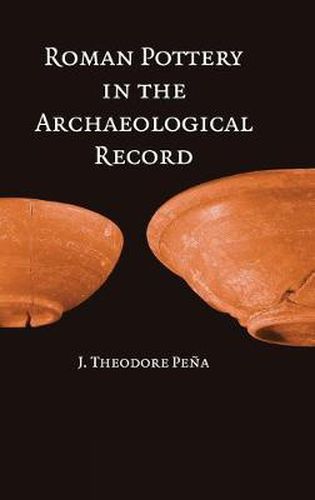Readings Newsletter
Become a Readings Member to make your shopping experience even easier.
Sign in or sign up for free!
You’re not far away from qualifying for FREE standard shipping within Australia
You’ve qualified for FREE standard shipping within Australia
The cart is loading…






This book examines how Romans used their pottery and the implications of these practices on the archaeological record. It is organized around a flow model for the life cycle of Roman pottery that includes a set of eight distinct practices: manufacture, distribution, prime use, reuse, maintenance, recycling, discard, reclamation. J. Theodore Pena evaluates how these practices operated, how they have shaped the archaeological record, and the implications of these processes on archaeological research through the examination of a wide array of archaeological, textual, representational and comparative ethnographic evidence. The result is a rich portrayal of the dynamic that shaped the archaeological record of the ancient Romans that will be of interest to archaeologists, ceramicists, and students of material culture.
$9.00 standard shipping within Australia
FREE standard shipping within Australia for orders over $100.00
Express & International shipping calculated at checkout
This book examines how Romans used their pottery and the implications of these practices on the archaeological record. It is organized around a flow model for the life cycle of Roman pottery that includes a set of eight distinct practices: manufacture, distribution, prime use, reuse, maintenance, recycling, discard, reclamation. J. Theodore Pena evaluates how these practices operated, how they have shaped the archaeological record, and the implications of these processes on archaeological research through the examination of a wide array of archaeological, textual, representational and comparative ethnographic evidence. The result is a rich portrayal of the dynamic that shaped the archaeological record of the ancient Romans that will be of interest to archaeologists, ceramicists, and students of material culture.